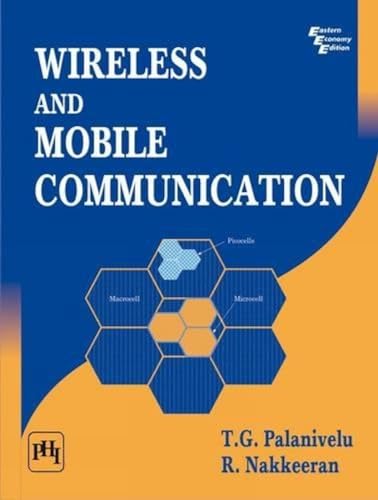
Introduction to Wireless Communication systems: Frequencies for Radio Transmission, Regulations and Signals,
Signal Propagation, Path Loss of Radio Signals, Additional Signal Propagations Effects, Multipath Propagation
Multiplexing, SDM, FDM, TDM, CDM.
Modulation, ASK,FSK,PSK
Spread Spectrum, Direct Sequence Spread Spectrum(DSSS), Frequency Hoping Spread Spectrum (FHSS)
Medium Access Control (MAC): Motivation for specialized MAC, SDMA, FDMA, TDMA,CDMA,Comparison S/T/F/CDMA
Cellular Concepts: Introduction, Cell Area, Types of Cell, Signal Strength and Cell Parameters, Frequency Reuse
Cellular or Mobile Networks, Fundamentals of Cellular Systems, Cellular System Infrastructure
Mid-Term
Handoff: Introduction, Types of Handoff, Practical consideration of Handoff, hard and soft handoff
Cell Splitting and Cell Sectoring, Channel Allocation: Introduction, Static and Dynamic Allocation, Fixed and Dynamic Channel Allocation Schemes, other channel allocation schemes
GSM, Mobile Services, System Architecture, Radio Interface, Localization and Calling, Handover and Security. Midterm-I
Mobile Radio Propagation: Large Scale Path Loss, introduction, Types of Radio Waves, Propagation Mechanism
Free Space Propagation, Land Propagation, Path Loss
Two Ray Ground Reflection Model, Diffraction Model ( Knife Edge Diffraction Model) with examples and applications
Trunking Theory
Revision
Final Exam
 Wireless communication principles and practice
by
Wireless communication principles and practice
by
 Wireless and mobile communication
by
Wireless and mobile communication
by
